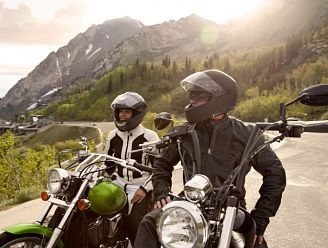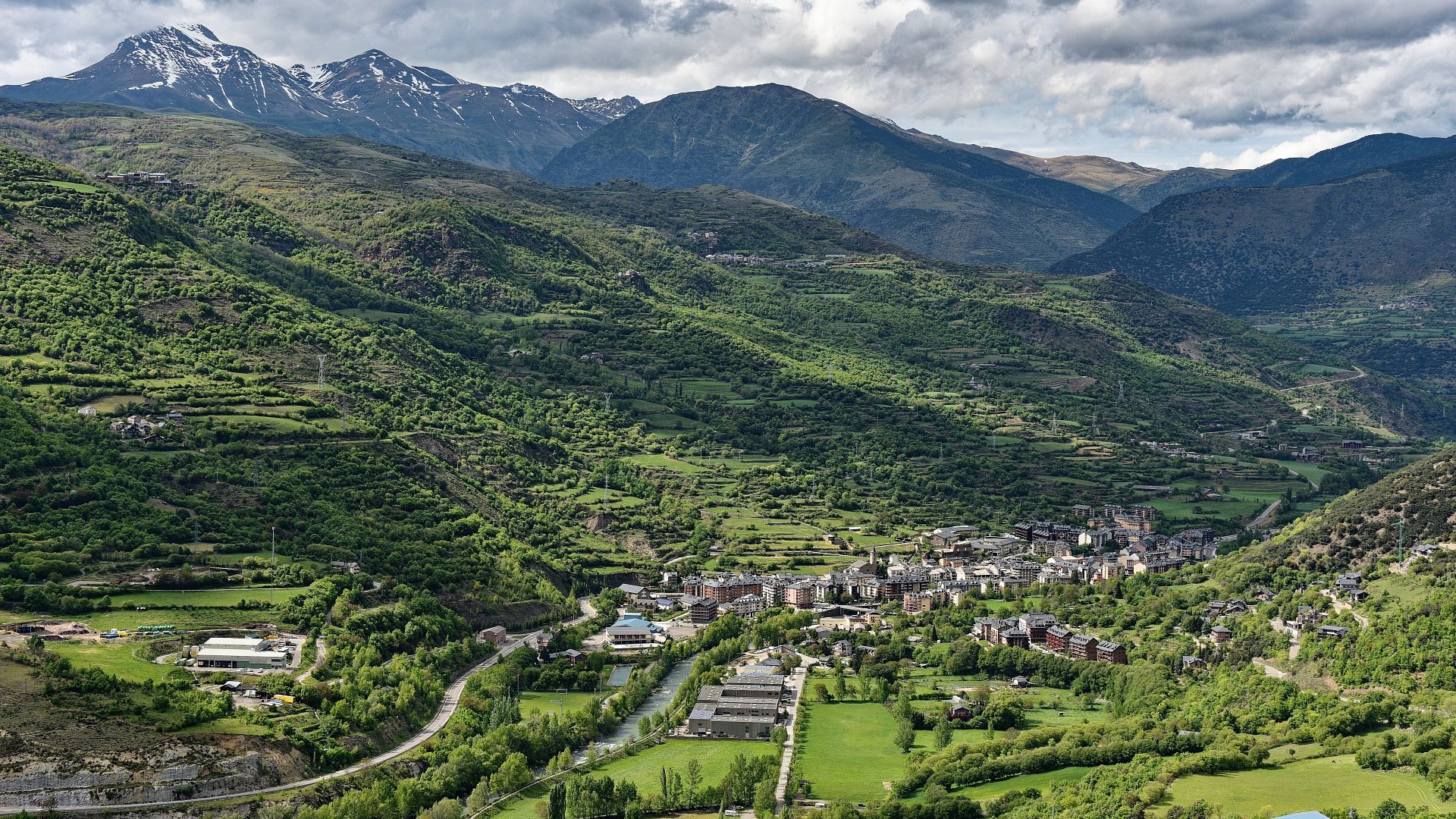What to do in Sort?
Staying at Hotel Les Brases means discovering Sort, the capital of Pallars Sobirà and the epicenter of adventure tourism in the Catalan Pyrenees. Surrounded by nature and connected to ten unique valleys, the town is ideal for activities such as rafting, skiing, hiking, and horseback riding, in addition to its lively gastronomic and cultural offerings.
Just 50 minutes from Andorra and Vielha, and a few steps from the famous “La Bruixa d'Or” lottery, Sort is the perfect destination for a holiday with family, as a couple or with friends.
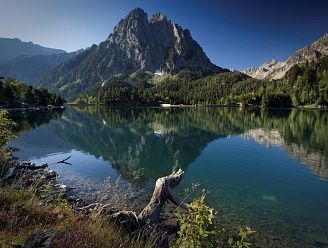
Aiguestortes
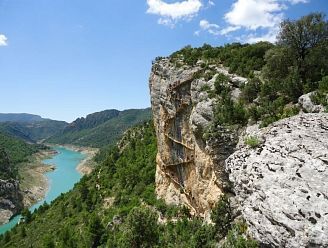
Congost de Mont Rebei
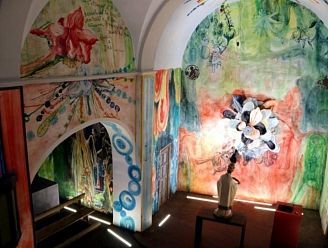
Sauri Church
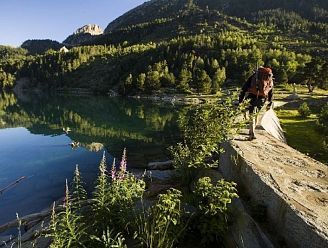
Aiguestortes and Saint Maurice

Lakes Train
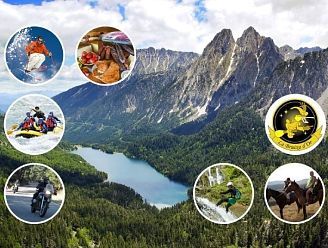
Passion for the Pyrenees
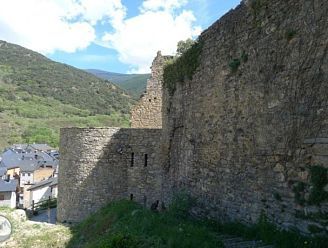
The castle of Sort
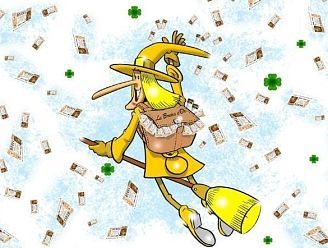
The Golden Witch
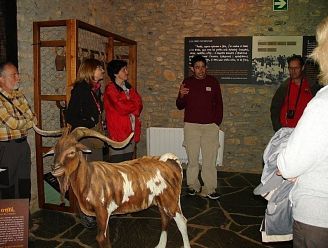
Museum of the Shepherds
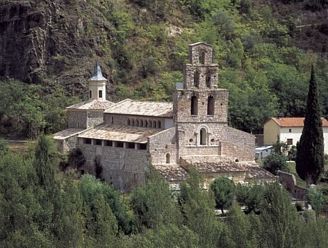
Monastery of Santa Maria

Bear Museum
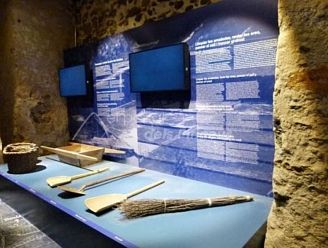
Salt Museum
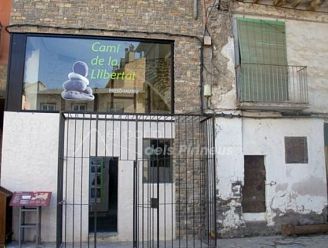
Prison Museum of Freedom
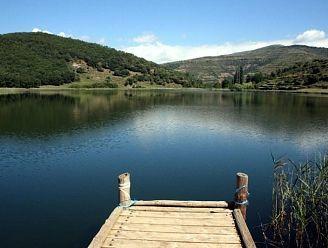
Lake Montcortés
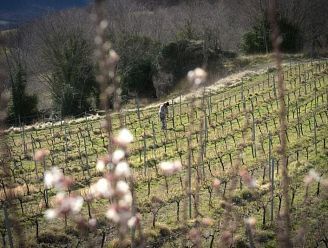
Batlliu de Sort Winery
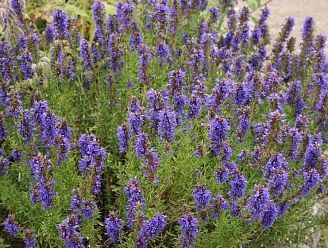
Herbs of the High Pyrenees
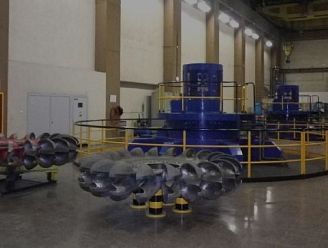
Hydroelectric power plant
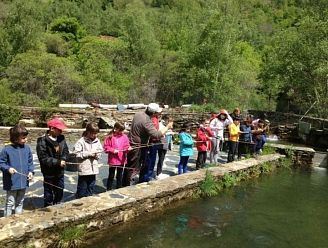
Fish farm
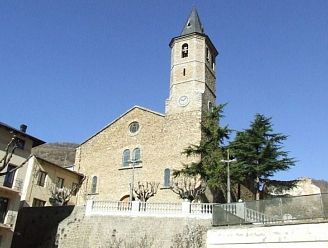
Sort's old town
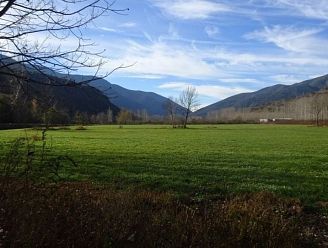
Les Vernedes
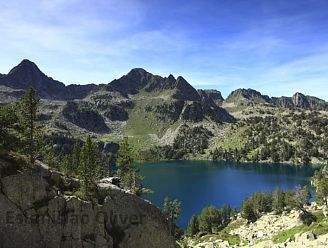
Gerber Lake
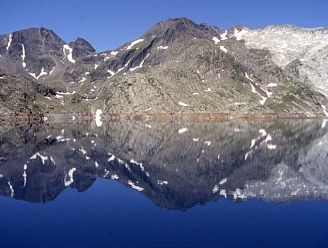
Certascan
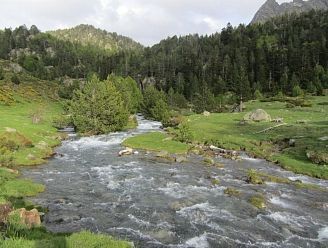
Boet Square
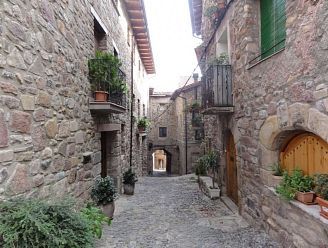
Medieval village
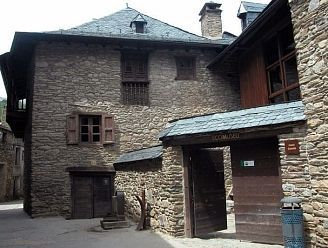
Ecomuseum of the Àneu Valleys
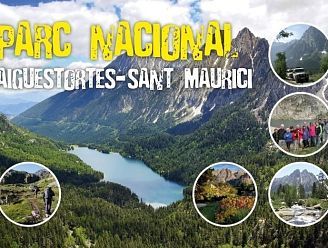
Rural tourism in Lleida
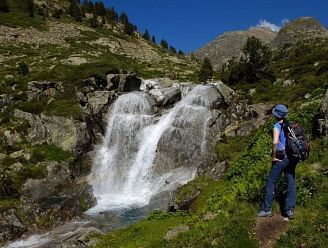
Boavi Plain
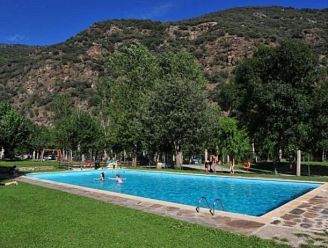
Hotel with swimming pool
